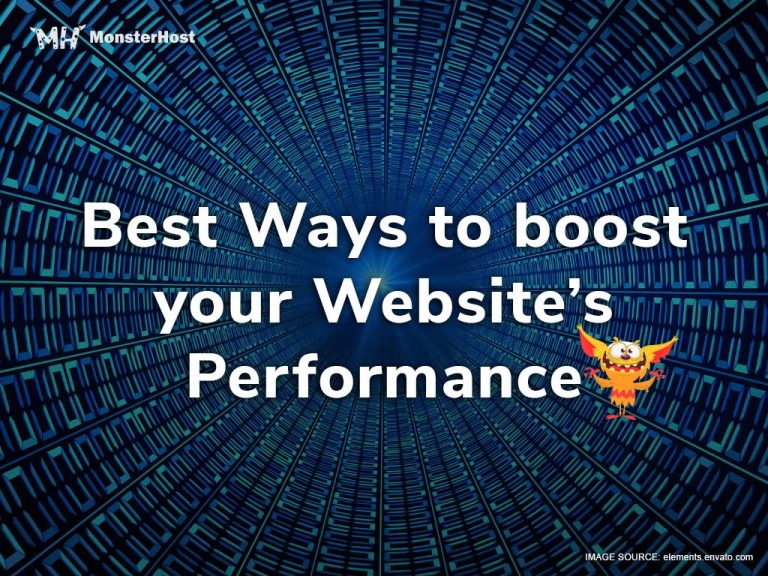Ask an average teen today what is a 56k dialup and it is possible they may ask, “What’s that, a new game for the PS5?” Don’t even bother to play the ‘beautiful’ sound those modems made. The reality is that today teens and some adults alike, are not accustomed to the wait time ‘many of us’ experienced back in the day. The days of “You’ve got mail!” and when persons were yodeling “Yaahooo!” all the time.
Today, a large majority of internet users are accustomed to fast internet speeds and a browsing experience that is seamless. If the opposite happen, there is a 3 second moment where users ask “Did I type in the right URL?” or “What’s wrong with this website?” In this fast paced world, we are all more becoming accustomed to ‘at the snap of a finger’ events. We want our Uber to arrive quickly, our pizza delivery to be quick, our monthly pay to speed up and also we want our websites to load fast.
Besides dating myself, there is a more important reason why you should continue reading. If you are a website owner, there are 5 key ways to boost your website performance so as to not lose connecting with your target audience. First question though, do you love to have images on your website?
Table of Contents
Reduce image size
Many website owners like to have media content on their website to increase its appeal. Appeal however, most times comes at a cost. If you include videos or images on your website, especially on your main page, you may put yourself at a disadvantage as media content impacts your website performance.
Statistics show that over 60% of a website’s page weight on a desktop pc are images. It is therefore important that you ensure your images are sized appropriately. By adopting new image formats such as WebP and Jpeg XR, you can significantly reduce image weight by 20 to 50 percent without sacrificing the quality of your image.
Here are some other quick fixes
- Combine images into CSS sprites to reduce roundtrips. This techniques combines used images into a single image file therefore reducing the number of HTTP requests that are required to download the image.
- Set your container property to the max width not passing 90% of the boundary width.
- Use an image editor to reduce the actual image size.
Design your website for mobile use first
Within the last decade, there has been a high volume of mobile users on the internet. Many of these users are accessing way more than social media sites. In fact, many of them may want to check out your website on their mobile device. It is therefore important that your website is coded for mobile access to facilitate their visit. Your strategy as a website owner should be to code for mobile users first then gradually enhance the process for tablets then desktops. Doing this will boost your website performance thus reducing any unnecessary dependencies. With that said, how do you go about doing this?
- Take a mobile-friendly test to access your website. Google’s Mobile Website Auditor will prove effective in carrying out this test. With this test, you will be able to assess your usability criteria such as viewpoint configuration, proximity of clickable elements, plugins and text readability.
- Optimize your UI and UX to mobile services. It is important to think about your user flow strategy, Search Engine Optimization (SEO), make copy readable on all devices and Voice search.
- An easy route is to use these platforms: bMobillized or Duda Mobile to make a mobile version of your desktop website.
Choose the best hosting service plan
In boosting your website performance, one significant step is to review your hosting service plan. Choosing the best plan is key in sharing a seamless experience with your visitors. You may need to consider whether using a shared hosting plan or a dedicated one will serve you best. With shared hosting plans, you are actually sharing server space with potentially hundreds of other websites subsequently impacting your website performance. With a dedicated service, you have sole access to the server therefore better website performance. You choice of hosting plan may depend on pricing therefore it is best to choose the best plan available.
Cache, cache, cache!
If you are a website owner intending to boost your website performance, you will need to Cache as much as possible. What is caching? Caching is the process where a temporary storage of web pages is created to reduce bandwidth and improve performance. If and when a visitor visits your website, the cached version will be shared unless it has been changed since the last cache. What this means is, you save server time and the process makes your website move faster. Always ensure this feature is enabled on your website.
Load JavaScript asynchronously
The final trick you can use to boost your website performance is to allow third part Javascripts to load asynchronously. Today, websites are assimilated with third party content such as social media, chat elements, information feeds, commenting services and more. If you load asynchronously then if the third-party crashes, your webpage won’t be held up trying to load that resource. This mode of loading can also speed up page loads.
Summary
Presenting a great product in the form of faster website loading speeds to your visitors is paramount. Not only that persons are expecting the content of your website to be great but that your website should be performing at its optimum. In this article you learnt about how to reduce your image size which aids in loading speed. Also about coding your website to facilitate mobile users first in keeping up with the high volume of mobile users and additionally why choosing the right hosting plan is important. Cache, cache, cache! Caching your webpages will help you in presenting your visitors with cached (already temporarily saved) webpages that load faster therefore providing a better website performance and the aspect of loading third-party content asynchronously cannot be overlooked.
Your website performance is vital to your longevity on the internet and if you really believe in your product or service, it would behoove you to present it at its best. Be sure to try these 5 keys to boosting your website performance in no particular order and make your website user experience the opposite of a 56k dial up.






